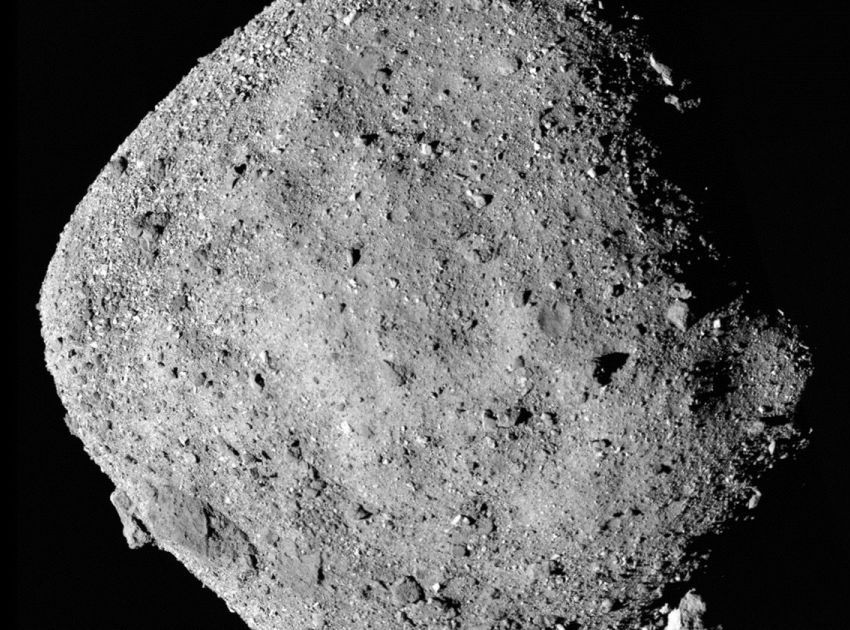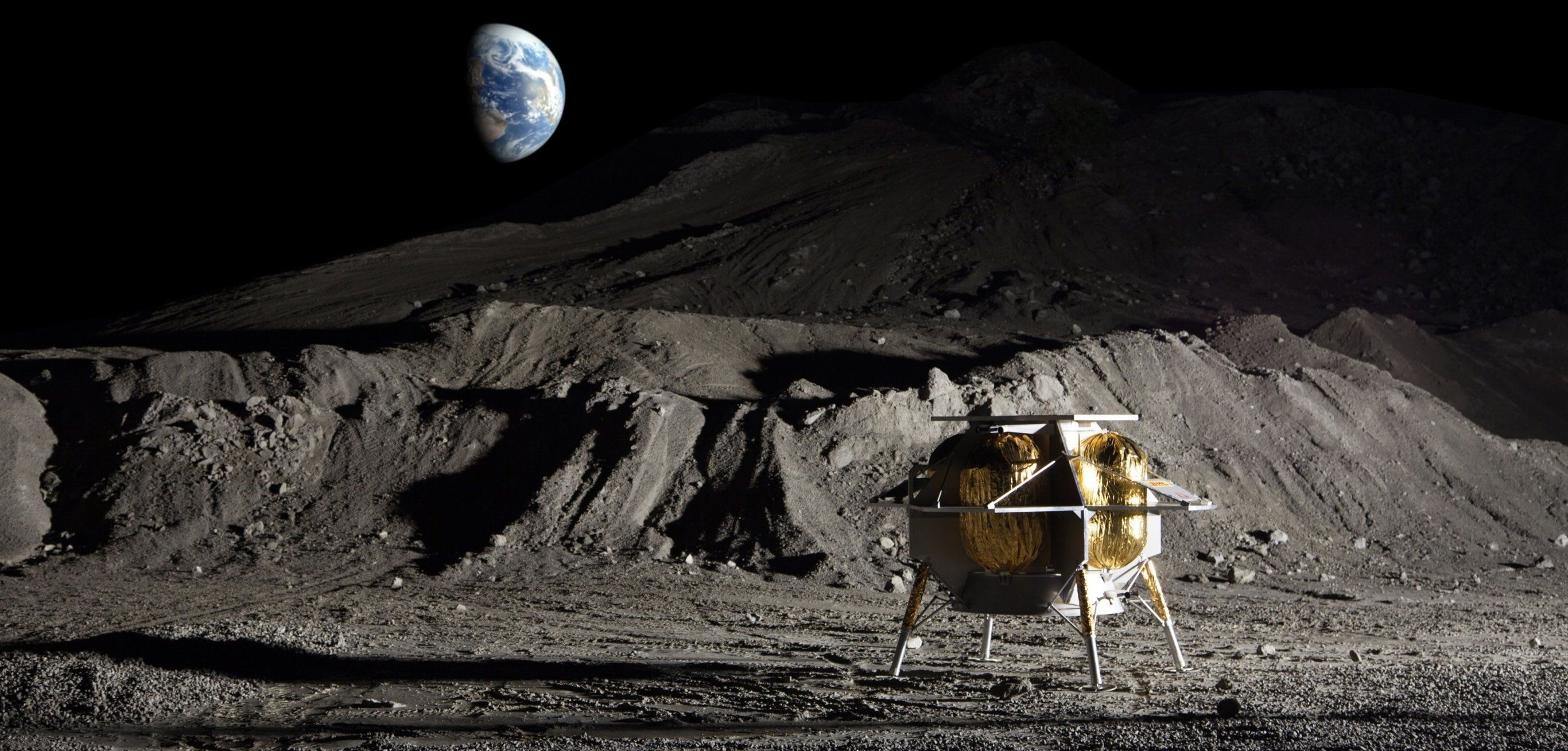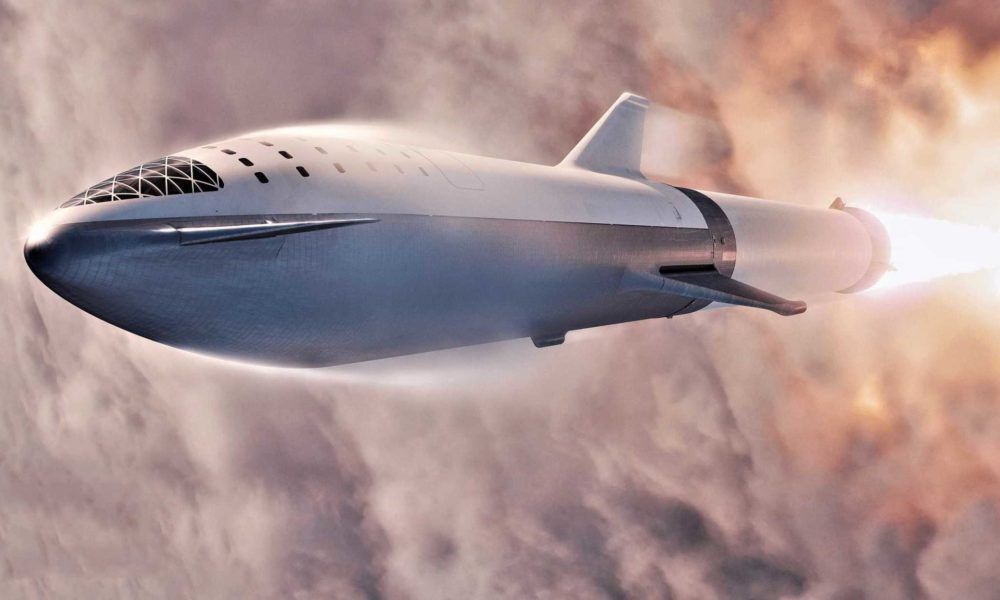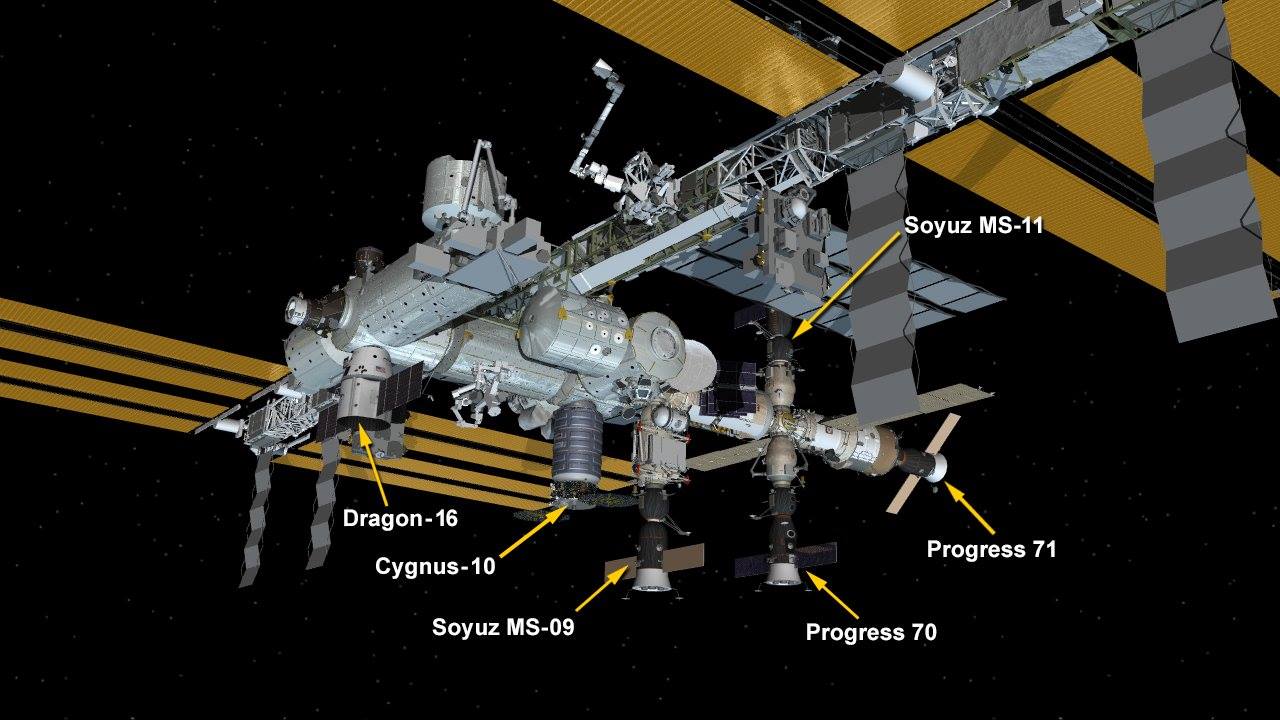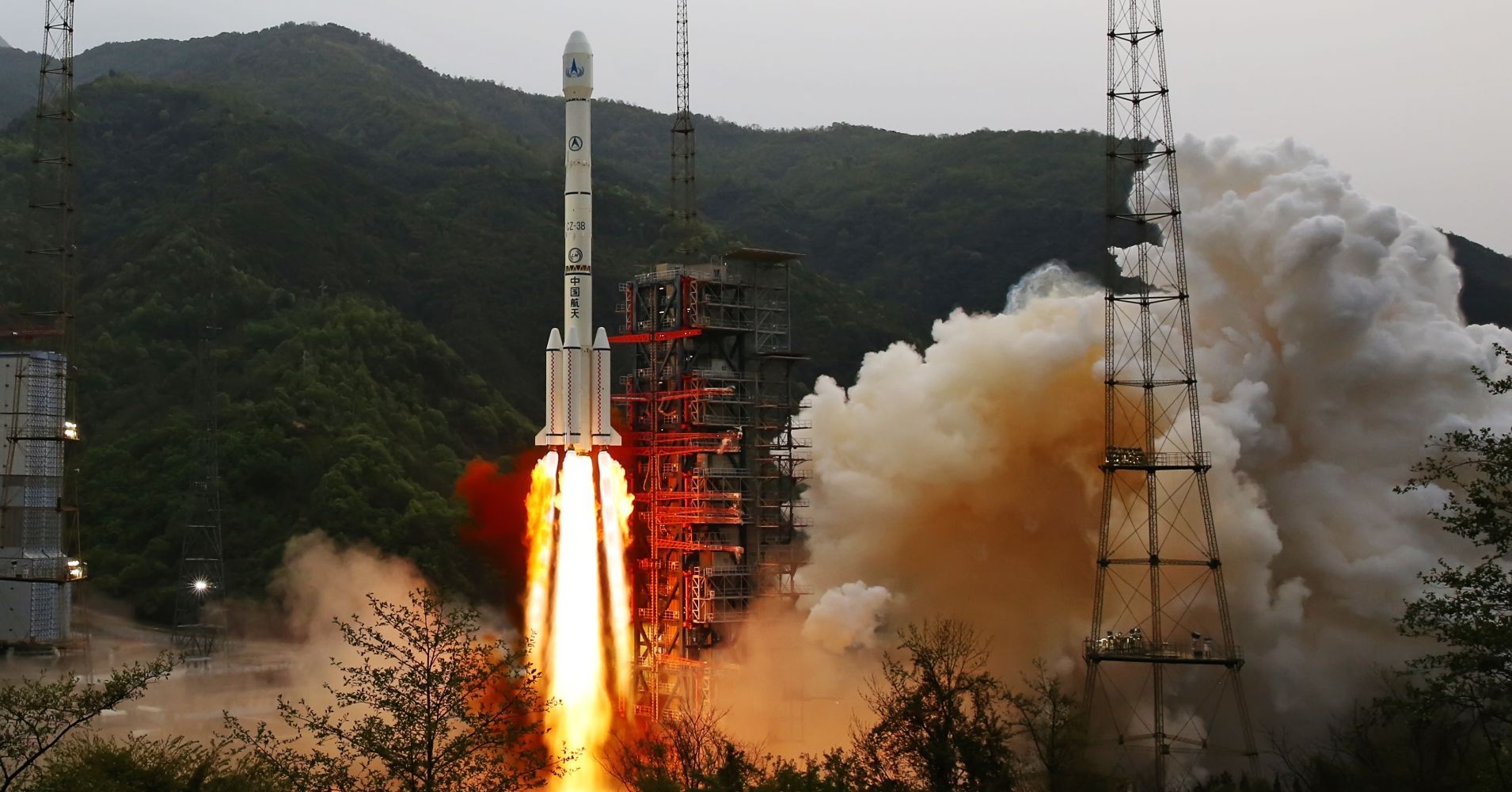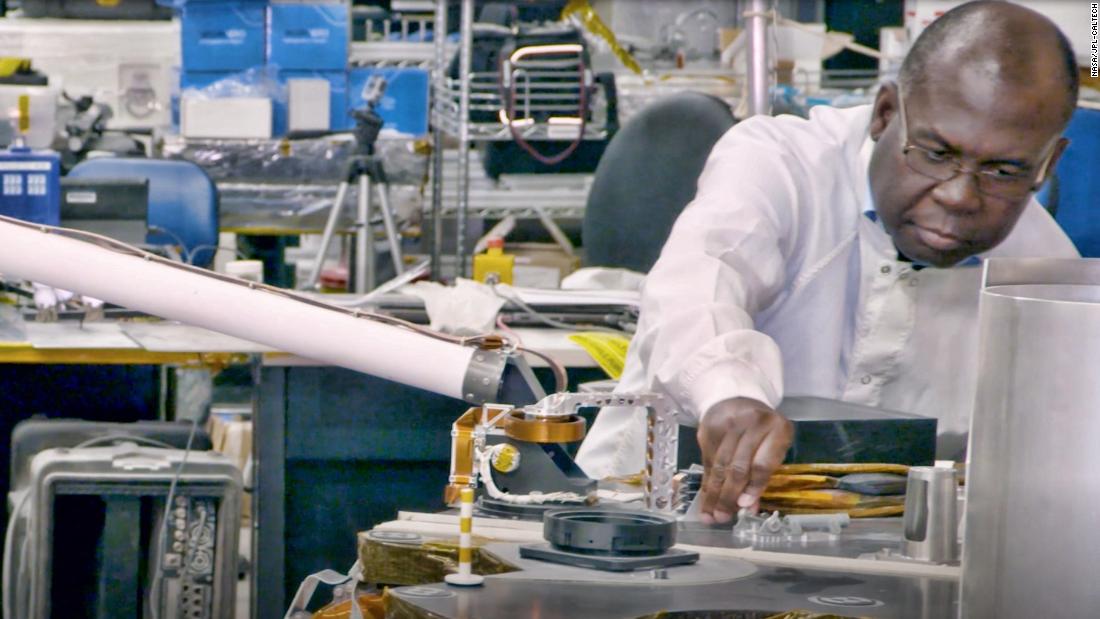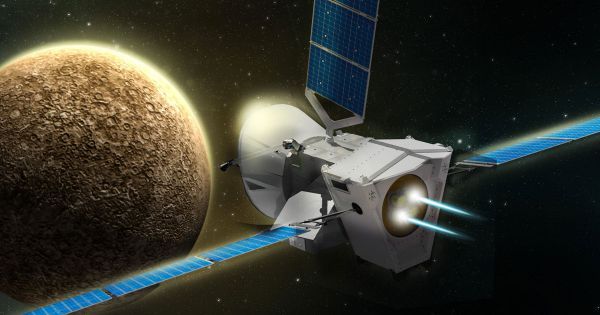Archive for the ‘space travel’ category: Page 387
Dec 10, 2018
Two research rockets successfully launched over the Norwegian Sea early Dec. 8 carrying an experiment to study the explosive process that allows charged particles from space to stream into Earth’s atmosphere
Posted by Michael Lance in categories: particle physics, space travel
The results promise to shed light on this and, in the long run, help us better predict how and when Earth’s magnetic shield can suddenly become porous to let outside particles in. Details: https://go.nasa.gov/2G8lTeX&h=AT0CScAabrNYUB0DKGANhglZ-EihhF…51Yf7jUjKw
Dec 10, 2018
NASA administrator: ‘The US is returning to the surface of the moon, and we’re doing it sooner than you think!’
Posted by Alberto Lao in categories: robotics/AI, space travel
A big announcement from NASA about landing on the moon is coming on Thursday.
- The last time NASA landed a spacecraft on the moon was in December 1972.
- The US space agency said it’s about to announce “moon partnerships” with American companies to return to the lunar surface.
- NASA administrator Jim Bridenstine claimed the new moon missions will occur “sooner than you think!”
- NASA is withholding details of the announcement until Thursday afternoon, but Business Insider has independently confirmed some information.
If NASA’s stunning landing of a car-sized robot on Mars didn’t already whet your appetite for space exploration this week, mark your calendar for 2 p.m. EST on Thursday.
That’s when NASA plans to give an update about a program that aims to land privately developed spacecraft on the moon.
Dec 10, 2018
Solution for next generation nanochips comes out of thin air
Posted by Klaus Baldauf in categories: computing, space travel
Researchers at RMIT University have engineered a new type of transistor, the building block for all electronics. Instead of sending electrical currents through silicon, these transistors send electrons through narrow air gaps, where they can travel unimpeded as if in space.
Dec 9, 2018
SpaceX CEO Elon Musk teases new Starship photos and “heavy metal” BFR
Posted by Genevieve Klien in categories: Elon Musk, space travel
Drawn in by Teslarati photographer Pauline Acalin’s most recent photos of Port of LA Falcon 9 recovery operations SpaceX is in the midst of, CEO Elon Musk took to Twitter on December 8th to discuss titanium grid fins and – more importantly – answer a miscellaneous handful of questions about the status of BFR’s development.
Marked lately by rapid-fire, wide-reaching changes to BFR’s general structural composite, Musk at long last confirmed what some suspected – now known as Starship/Super Heavy, the BFR program has officially moved away from carbon fiber composites as the primary material of choice for the rocket’s structure and propellant tanks, instead pivoting to what Musk described as a “fairly heavy metal”.
But cool pics of the demo Starship that will fly suborbital hops coming in ~4 weeks.
Continue reading “SpaceX CEO Elon Musk teases new Starship photos and ‘heavy metal’ BFR” »
Dec 8, 2018
#DidYouKnow that Earth’s atmosphere leaks oxygen?
Posted by Michael Lance in category: space travel
We launched two sounding rockets that will help scientists understand atmospheric escape on our home planet that has applications all over the universe — from predicting which far off planets might be habitable, to piecing together how Mars became the desolate, exposed landscape it is today.
SpaceX’s #Dragon cargo spacecraft was successfully installed on the Earth-facing side of the International Space Station’s Harmony module at 10:36 a.m. EST. While there are now six spaceships attached at the station, the Dragon will spend about five weeks there and return to Earth in January 2019 with more than 4,000 pounds of research, hardware and crew supplies.
Dec 7, 2018
China launches lunar rover in historic mission to the dark side of the moon
Posted by Genevieve Klien in category: space travel
China launched the Chang’e 4 spacecraft atop a Long March 3B rocket on Friday in a milestone mission to land a rover on the far side of the moon.
Dec 7, 2018
Meet the engineer behind NASA’s robotic arm for Mars
Posted by Alberto Lao in categories: robotics/AI, space travel
Many years after, the young dreamer has surpassed his imagination. He is now a lead engineer on InSight — NASA’s spacecraft which recently landed on Mars. He is in charge of the mission’s robotic arm mechanism.
Dec 7, 2018
The Most Powerful Ion Drive Ever is About to Blast a Spacecraft to Mercury
Posted by Michael Lance in category: space travel
But it will still take seven years to get there.
The BepiColombo will be travelling a distance of 9 billion kilometers over the next seven years.
